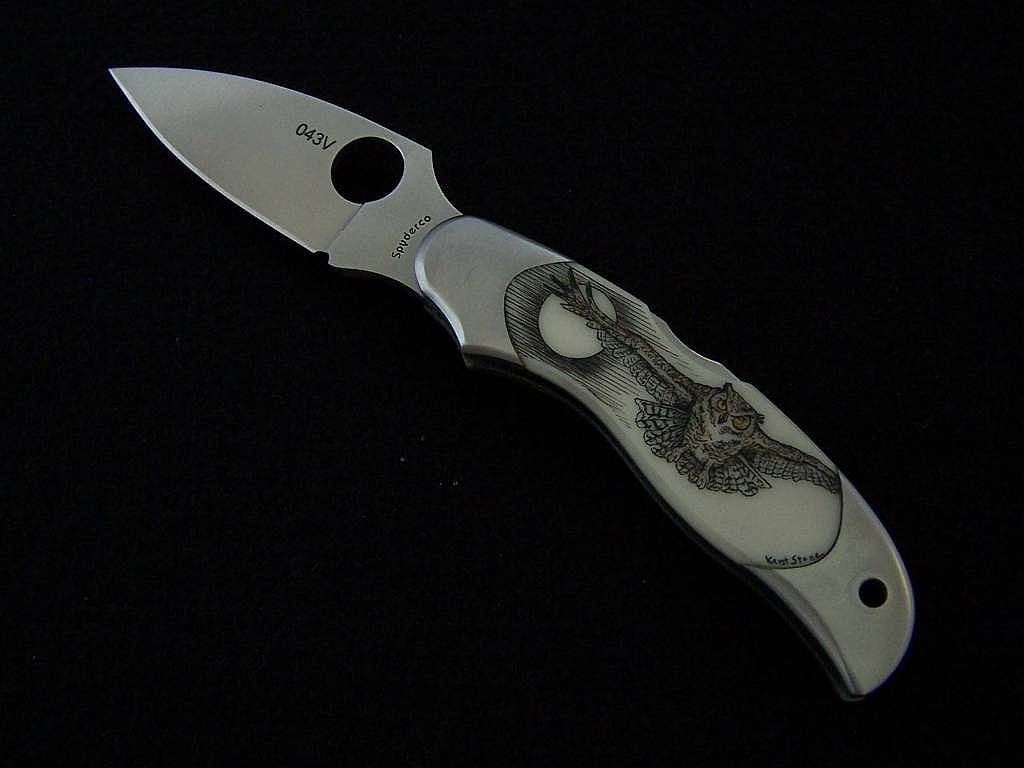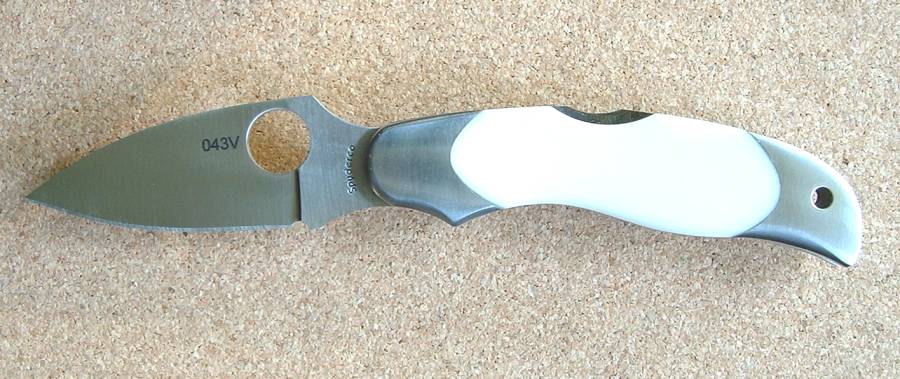|
For centuries, the Japanese have used stamps, called hankos instead of written signatures. In Japan, the hanko is a person's
legal signature, used on everything from checks to government documents, Everyone in Japan, from the Emperor on down, has at least one hanko
and the highest quality ones are made of ivory. According to Sal, when natural ivory started becoming difficult to acquire legally
the Japanese began to hunt for something to replace it. I believe the unfavorable publicity Japan was receiving as the primary market
for poached ivory may also helped spur the search In any event, the result of their experimentation was Evrina,
which they considered to be a near perfect substitute for natural ivory. However, Evrina ran into problems
of its own. Those, coupled with the discovery of large amounts of ancient ivory in Siberia and Alaska which severely reduced the demand
for imitations, resulted in it being discontinued.
|
|
According to Sal, the Evrina being used on the Kopas was the last of it. I have
to admit that, despite Sals assurances and enthusiasm for it, it does not excite me. While it may simulate the density of Ivory closely,
and thus work extremely well for hankos, it lacks the grain and subtle shadings which make ivory come alive. It looks, instead,
like a slightly off-white plastic. On the other hand, it is virtually immune to cracking, a common problem for ivory items of all kinds,
and does take scrimshaw quite well. One of Sal's hopes was that some Evrina Kopas would eventually be scrimmed. He generously
offered to have Linda Karst-Stone scrim my Evrina Kopa in order to demonstrate just how well it accepted scrimshaw. That was like someone
offering to have Rembrandt paint me a picture. As can be seen in the photo above, her artwork certainly brings out the best in the Evrina.
For comparison, a photo of the knife before it was scrimmed appears below.
|

